
Shopify new features: the biggest developer updates for summer 2022
Shopify is one of the most popular e-commerce platforms. The company constantly improves its offer to online store owners to stay ahead of the pack. The Shopify Editions product updates collection is released twice a year, describing Shopify new features and products. We are going to talk about the latest release, Summer’22.
This time, the company presented more than 100 Shopify B2B features and products. They include tools for international sales, finding new customers and boosting their engagement, deeper customer insights analysis, etc. Also, Shopify users can work in a faster and more streamlined Admin. In this article, we are going to provide a brief overview of the most important updates — Marketplace Kit, Checkout Extensibility, the stack for headless commerce, and the Shopify B2B features.
Marketplace Kit
Marketplace Kit is one of the new Shopify B2B features that simplifies the process of marketplace development. It helps you create and manage a marketplace in just one dashboard. Also, you can use marketplace platform APIs to build your custom solution. A package with pre-fabricated UI helps to build important customer-facing features really fast.
The main Shopify new features within marketplace include:
Storefronts. The merchants can present their brands in a vivid and enticing way on their own pages. To do that, they can use different media and provide a variety of details about products.
Product listings. The way to display products and the information customers see are adjustable. The Buy Now button can lead buyers directly to an online store for checkout.
Cart and checkout. A marketplace-level cart will display the products across all shops. The marketplace owner can either redirect buyers to the merchant’s store for purchase completion or use Shopify's web checkout.
Shopify Marketplace Kit offers an easy and low-cost way to build your own multivendor e-commerce website. You get access to the reliable tech solutions used by such renowned companies as Meta or TikTok. With their help, you can quickly create and customize a marketplace readily available to the multitude of Shopify merchants.
Read more about how to build a marketplace with Shopify in our article.
Checkout extensibility
With Shopify Checkout Extensibility, you get more opportunities to customize the checkout experience of your customers. It provides complete control over the payment form on the landing page, a product page, or a collection page. Checkout Extensibility includes Shopify Checkout UI extensions and Shopify Functions.
Checkout UI extensions allow developers to customize banners and fields, add product offers, and tailor the checkout step to the current flow. Shopify Functions include server-side updates, such as reordering the payment and shipping options for various customer categories or adding discounts on customizable products, orders, or shipping options.
Therefore, Shopify new features for custom checkout app are:
Suggested address. The buyers won’t need to specify their addresses each time they order something. Shopify will save the last address and suggest using it for the new checkout.
Upgraded UI. A checkout user interface with customized fields and product suggestions provides better speed and performance. Moreover, your UI will be compatible with any Shopify theme.
Visual badges. Customize the checkout page to make it consistent with your brand identity, using links, images, or videos.
Easy discount management. Shopify Checkout Extensibility enables you to display discount data clearly for customers to see and use them.
Extended customization features offer businesses more control over the checkout experience and may help to boost sales. You can introduce a unique design, offer more personalization, add upsells to the checkout, provide more payment and shipment methods, and so on. Learn more about customizing checkouts on Shopify here.
Hydrogen + Oxygen: the customizable storefront
One more of the Shopify new features 2022 is a set of tools for headless commerce. The headless e-commerce solution relies on an API-based flexible link between the frontend (the ‘head’) and the backend (‘the body’). Using this approach is an effective way to transcend the limitations of the built-in Shopify templates.
Now Shopify offers Hydrogen with a React-based frontend web development framework to create headless storefronts for Shopify. The Hydrogen sites can be deployed with one click on Oxygen, Shopify’s globally distributed hosting solution. The hosting is included in the Shopify plan.
Here are the main features of the Hydrogen framework:
Accelerated e-commerce development. Hydrogen comes with multiple starter templates. That includes a fully built-out demo store. Moreover, you get hooks, pre-built components, and utilities simplifying the operations with the Storefront API.
Flexibility in tools and integrations. Hydrogen’s defaults include Tailwind CSS framework and support for the TypeScript programming language. However, it can also work with the instruments you prefer.
Performance optimization. Hydrogen is among the first frameworks built on React 18. Released in March 2022, this version of React provides performance improvements and has an updated rendering engine. Hydrogen uses Suspense, a new React feature, for streaming server-side rendering. Along with caching policies, it boosts the speed of your custom storefront.
Find out more details about Hydrogen and Oxygen in our article.
B2B commerce
With the new Shopify B2B features exclusive to Shopify Plus merchants, you can control your B2B (business-to-business) and DTC (direct-to-consumer) operations right in the Shopify admin. No coding knowledge is required to set up and manage such a store. Updated B2B-specific workflows and apps will allow Shopify users to reach even more merchants.
The e-commerce platform now offers the following B2B features:
Company profiles. These profiles allow you to assign B2B customers distinct contact permissions, price lists, payment terms, and tax exemptions.
Price lists. You can define fixed price and percentage-off price lists for the products, sell in various currencies within one store, and assign price lists to specific locations or companies.
Payment terms. Assigning payment terms to orders can now be automated. You can draft orders in the admin, tracking, sorting, and collecting them as they become due.
B2B Checkout. The wholesale buyers get a streamlined and personalized checkout experience. They see their payment terms and methods as well as wholesale discounts at the time of purchase.
Customer accounts. Once logged in, your buyer will be able to view wholesale products and prices. Business customers can manage their accounts, edit buyer information, and view and filter order history.
B2B analytics. Now users have B2B-specific filters for their reports on Orders, Sales, Customers, Profit Margin, and Finance. You can easily create, save and export custom reports.
Harvest the full potential of the Shopify new features with DigitalSuits
The latest updates provide Shopify merchants with new ways to find customers, convert shoppers to buyers, and boost their loyalty. They get more tools to build unique e-commerce solutions offering top-notch performance and personalized experiences.
Despite Shopify’s efforts to make those instruments as easy to use as possible, large and complex projects still often require coding expertise. Our experienced full-stack e-commerce development team can help you with any challenges you may face. They know how to customize a Shopify theme, build a new app, or a headless commerce solution.
Our experts keep a close eye on any new features or products Shopify offers. They will be able to use them most efficiently for the benefit of your business. If you have an idea for a Shopify-based solution – don’t hesitate to contact us!
























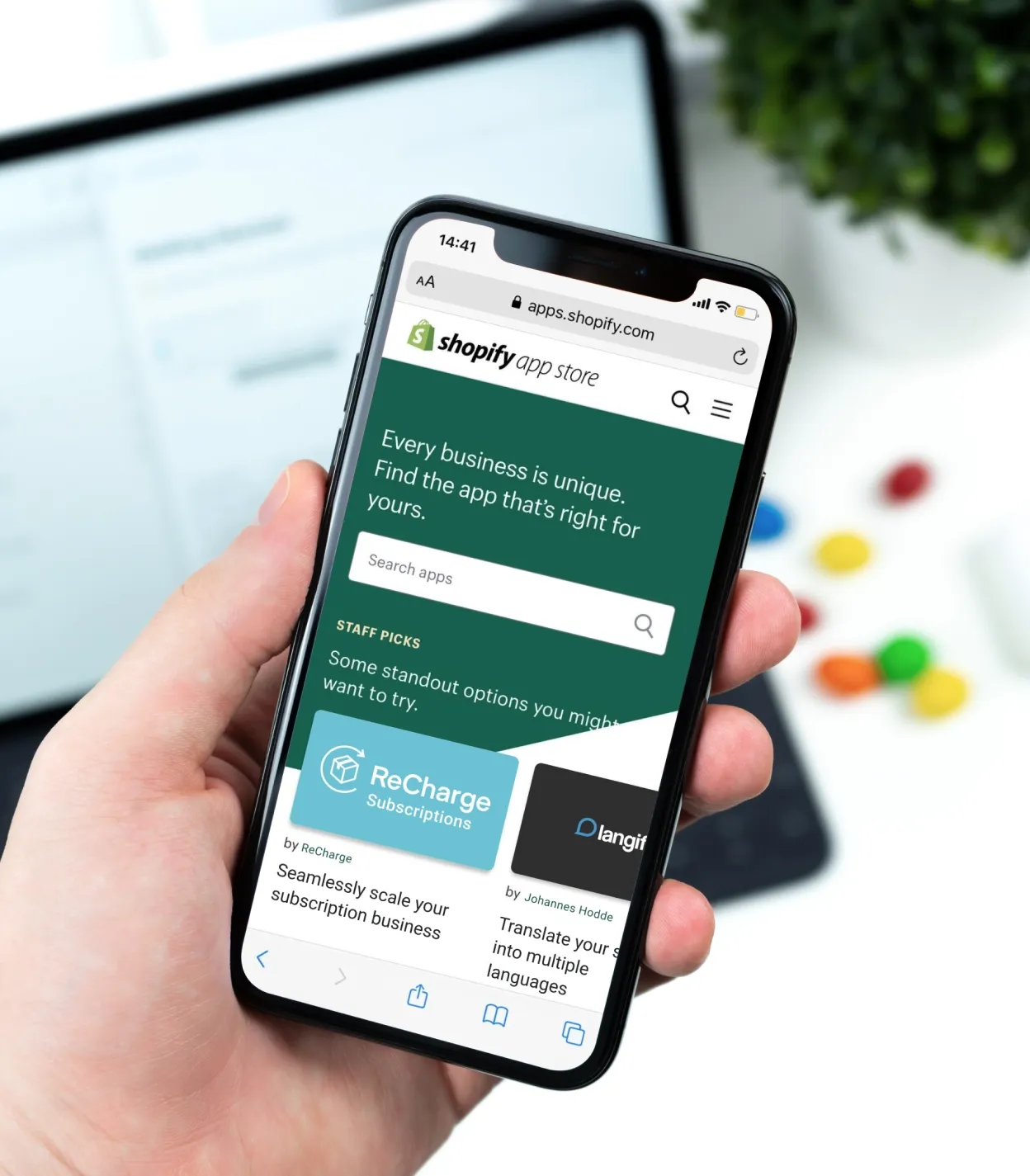
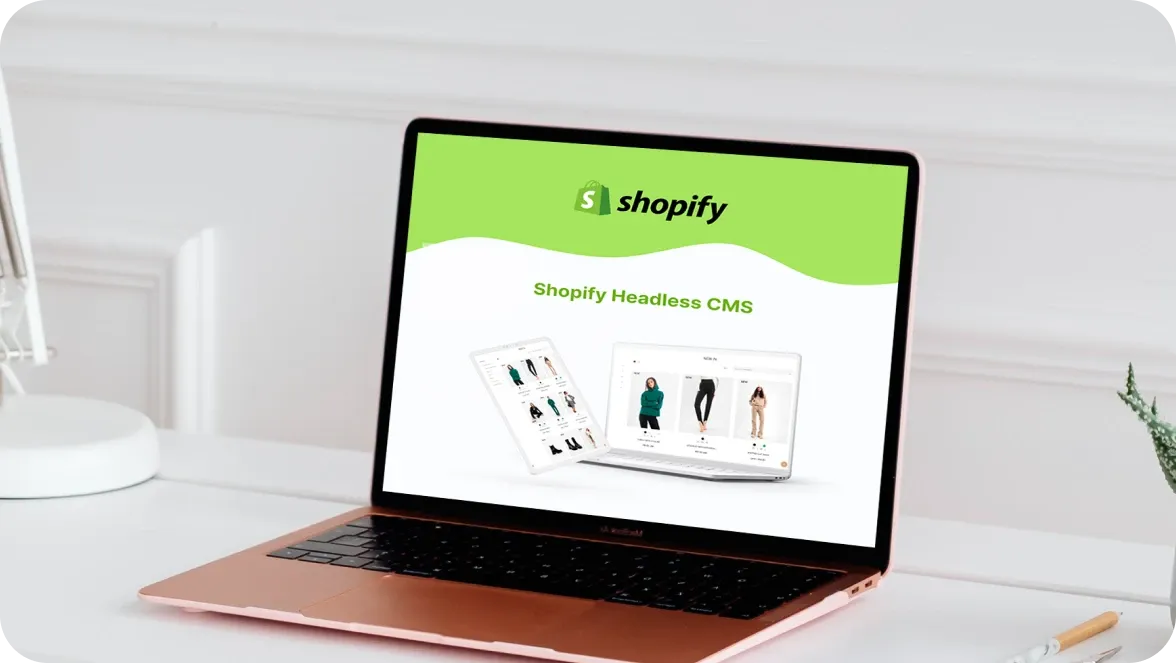
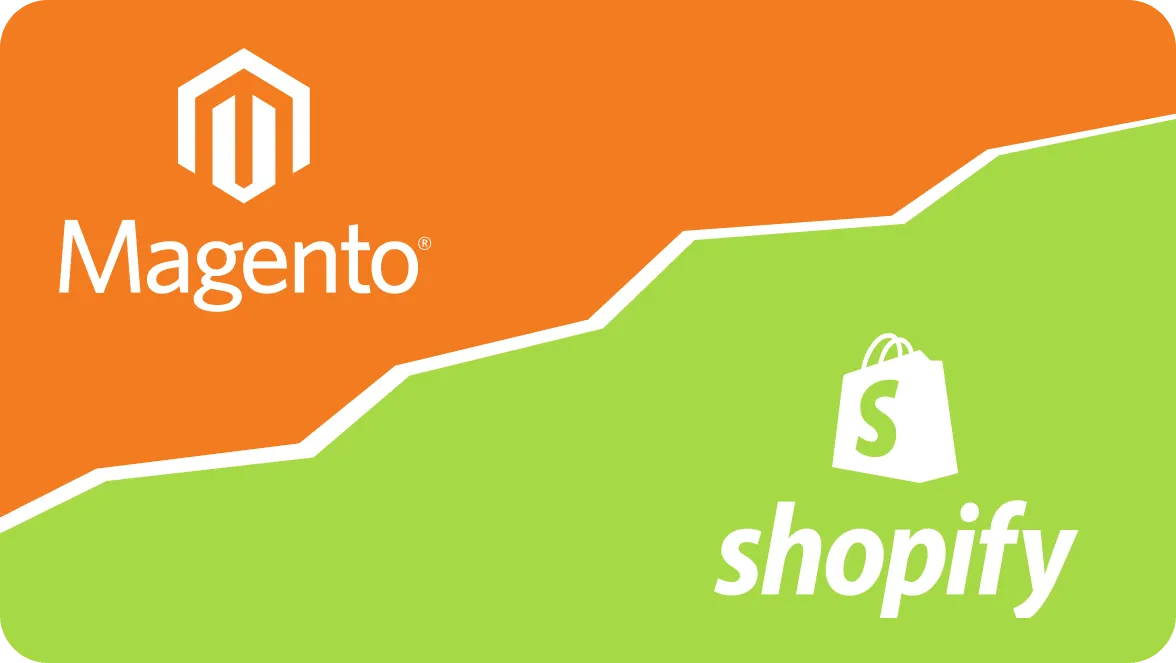



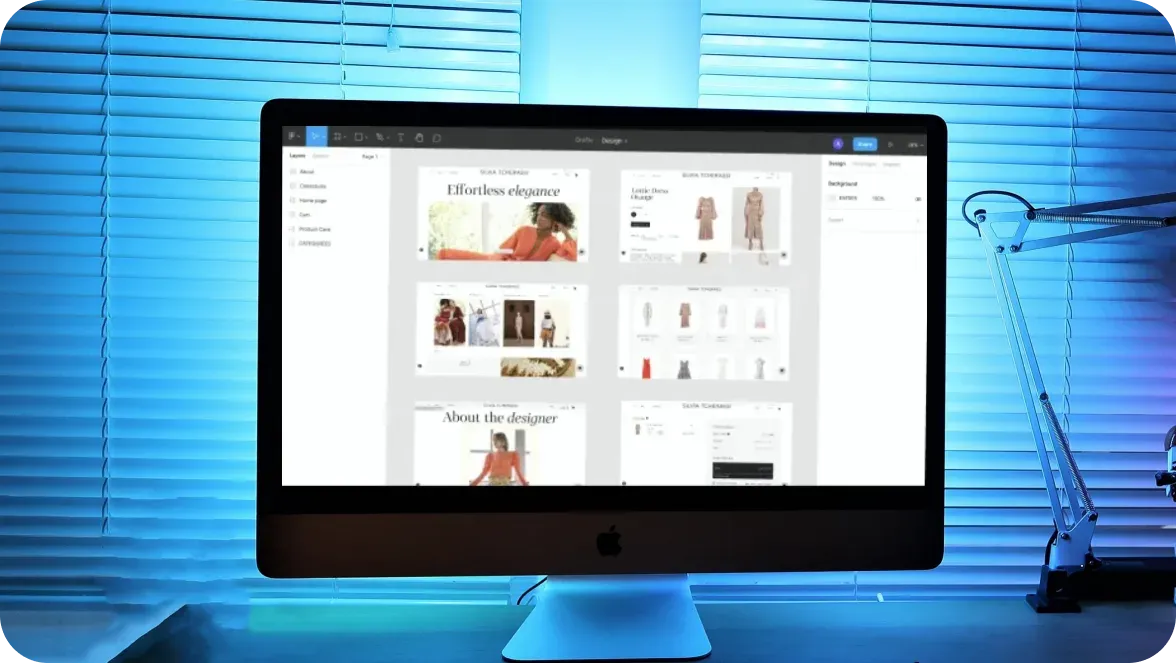


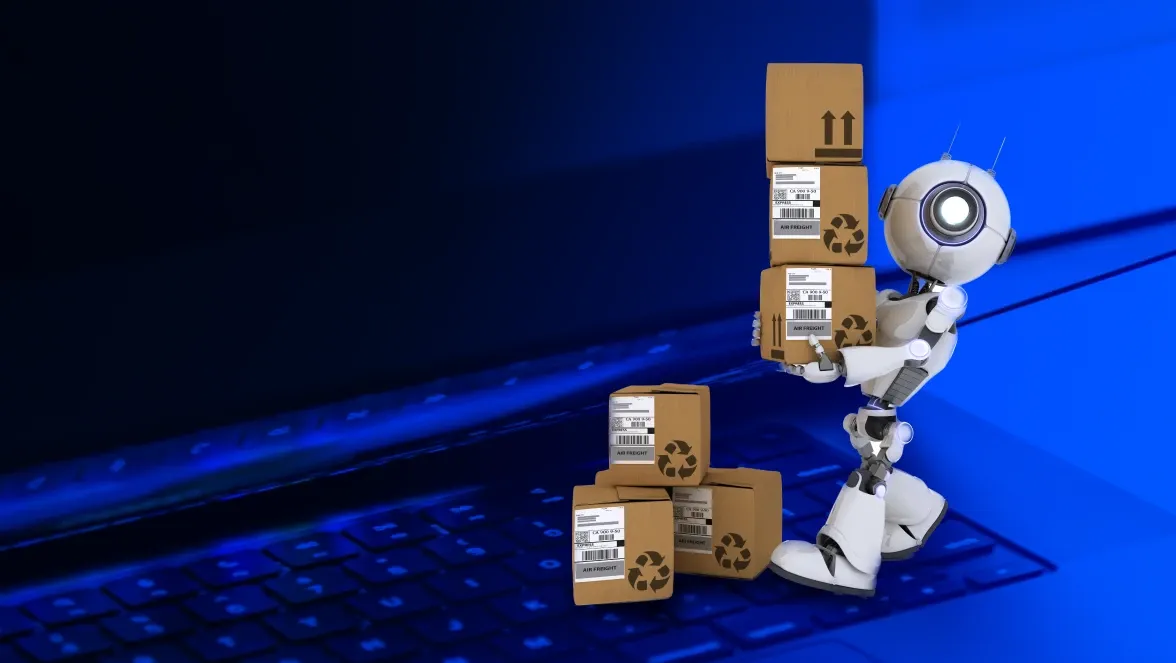




Was this helpful?
0
No comments yet